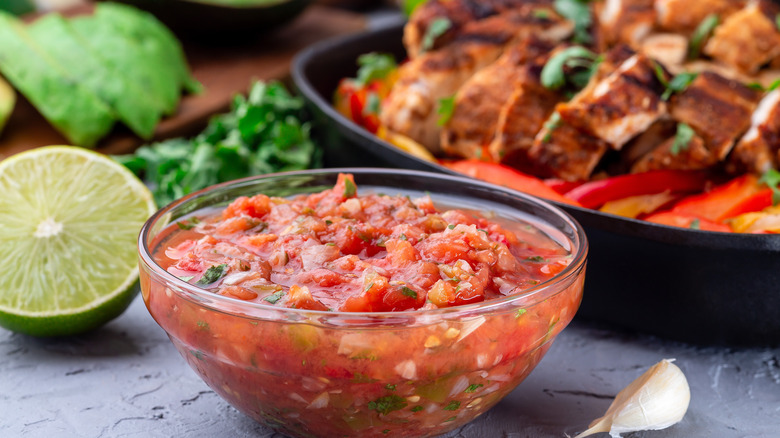What, Exactly, Is A Fusion Restaurant?
Fusion restaurants draw inspiration from all over the world to create unique cuisine. However, the now-hip and trendy concept is not new. It likely began hundreds of years ago with immigration. As people moved from place to place, they brought their recipes and shared their ideas with locals. Over time, food began to "fuse" to reflect multiple regions from around the globe.
Fusion cuisine was popularized in several ways. Asian chefs in San Francisco helped instigate the modern interpretation of trend in 1850 when one Cantonese restaurant worked to Americanize traditional Chinese dishes. Bringing even more attention to the concept, many restaurants began offering a unique combination of French and Asian food in the 1970s. In the 1980s, Wolfgang Puck did the same, blending the two to create the menu of his second restaurant, Santa Monica's Chinois on Main. This history is one to be thankful for, as it birthed several dishes that are popular in America today.
Popular fusion foods in America
The origins of many beloved dishes can be traced to fusion restaurants. Among them is Tex-Mex, the type of food served everywhere, from fine-dining establishments to fast food chains such as Taco Bell, that blends Mexican and Southwestern food concepts. Another example is sushi. Though sushi has Asian origins, certain kinds, such as the California roll, are the result of American influence.
Other popular fusion foods, such as Buffalo chicken spring rolls, which are popular at sports bars and tailgating parties, are the creations of renowned chefs like Wolfgang Puck. Buffalo chicken originated in Buffalo, New York, in 1964, while spring rolls come from Asia. Another fusion dish created by Puck is pork schnitzel, which incorporates Japanese Kurobuto pork with American-style potato salad in a twist on a popular German dish. This creation can be enjoyed only at Spago, Puck's flagship restaurant in Las Vegas, Nevada.

